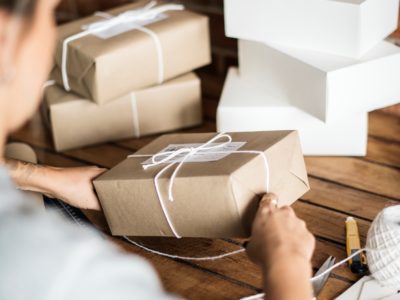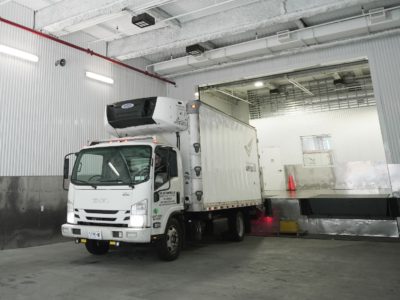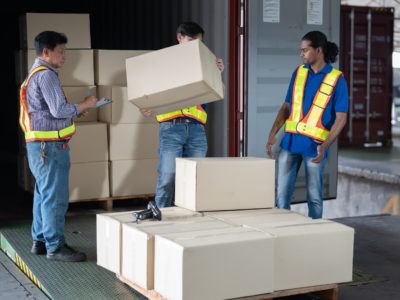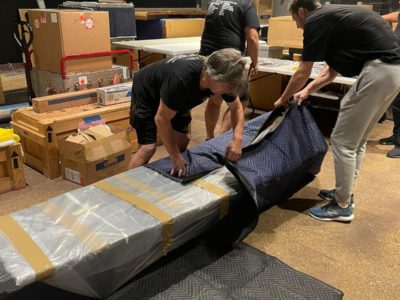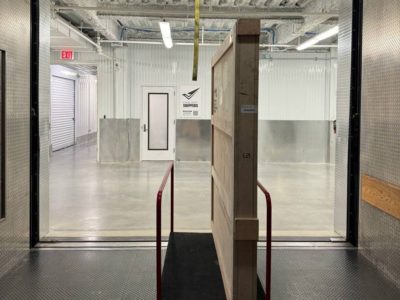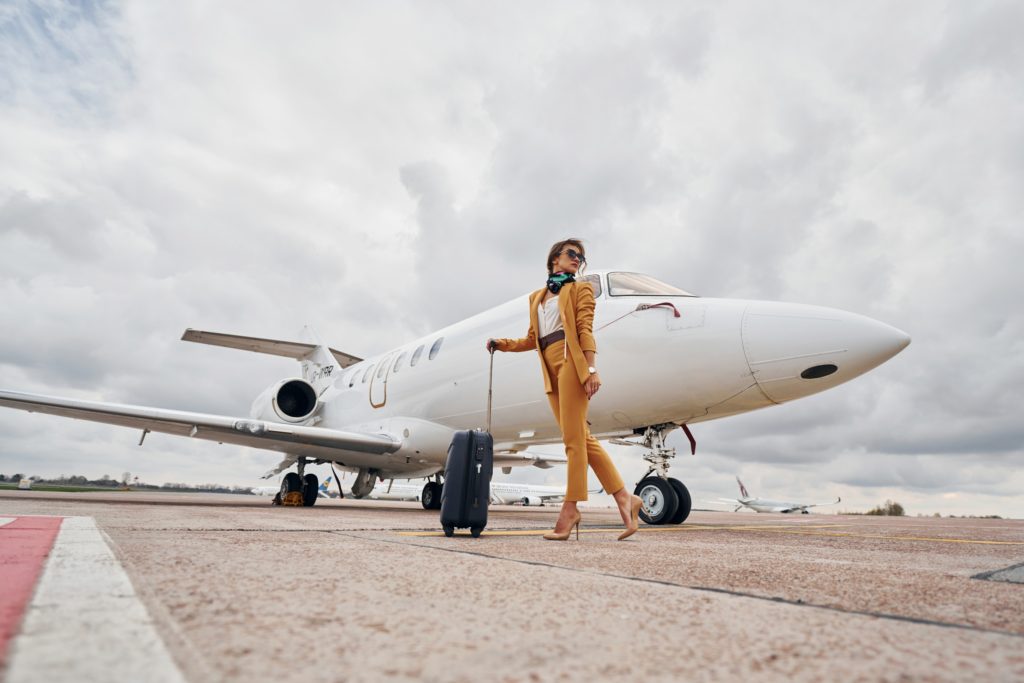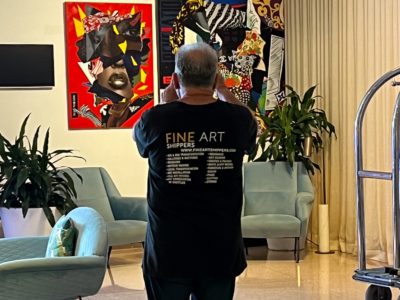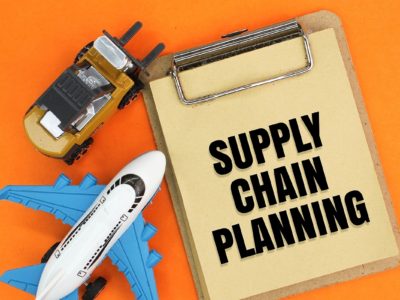4 Custom Packaging Options to Ship Your Art Items Safely
Shipping valuable art items requires careful measures to ensure they reach their destination in pristine condition. Whether it’s a delicate ceramic sculpture, a hand-poured candle, a large framed painting, or a gallery-quality print, packaging creates the first impression a buyer receives.
Custom packaging plays a crucial role in building the image of an artist or art gallery. Use packaging that aligns with the needs of your art items, whether you want a small box for handmade jewelry or a wooden crate for large framed paintings.
Read this blog to learn four custom packaging options specially designed to safeguard your art items during transit.
1. Custom Rigid Boxes with Eva Foam Inserts
When it comes to small art pieces like hand-painted artworks, intricate paper-based art, or photo collages, rigid boxes provide the ideal blend of protection and elegance. These boxes are made from thick, durable materials that resist crushing and external pressure while keeping your artwork intact during shipping or storage.
But what truly elevates their protective capabilities is the addition of EVA foam inserts. EVA foam can be precisely cut to cradle your artwork, holding it securely in place while absorbing shock from movement. Whether you are shipping a sleek photo frame or homemade candles, the foam acts as a customized cushion that reduces the risk of scratches, chips, or complete breakage.
More than just protection, these packaging solutions also contribute to your brand’s image. These stylish rigid boxes for luxury products are not only used for paper-based artworks but also for packing high-end gift sets, jewelry, and cosmetics. They combine premium aesthetics with practicality.
A rigid box with a soft-touch exterior, magnetic closure, and custom foam interior does not just ship art, it presents it. For buyers, unboxing becomes an experience, building trust in your professionalism and attention to detail. Premium rigid boxes are particularly effective when selling unique artwork where presentation is part of the perceived value.
2. Flexible Packaging for Art Accessories
Not all art items are bulky or rigid. Smaller accessories like enamel pins, artist-designed bookmarks, greeting cards, or delicate paintbrushes need different handling. These products need packaging that is protective, space-saving, and easy to seal, like flexible bags.
Flexible materials such as plastic films, foil-lined pouches, or resealable bags are increasingly used to protect lightweight art merchandise. When done right, this form of packaging can also be visually appealing and brand-forward.
Artists looking for sleek, modern, and practical options often turn to high-quality custom Mylar bags. These bags offer excellent barrier protection from moisture, dust, and UV exposure, perfect for sensitive printed materials and smaller collectible items.
Mylar bags are also lightweight and cost-effective to ship, making them an ideal solution for small-batch sellers or e-commerce-based art brands. Whether you are fulfilling orders for an online shop or prepping for an art fair, mylar bags provide a polished yet protective way to present your creative accessories.
Customization options on mylar bags, like matte finishes, transparent windows, metallic sheens, and branded resealable zippers, allow artists to reflect a luxurious aesthetic while keeping products safe and pristine.
3. Wooden Crates to Protect Large Artworks
While flexible packaging is perfect for smaller art accessories, larger or highly valuable artworks like oversized paintings, framed canvases, or mixed-media installations demand something much sturdier. That’s where wooden crates come in.
Wooden crates offer unmatched protection for shipping large, heavy, or fragile artworks over long distances. Built to withstand impact, stacking pressure, and even turbulent handling, these crates act like an armored shell around your art piece.
Inside the crate, the artwork can be suspended with foam padding, corner blocks, or stretch wrap to prevent direct contact with the crate walls. For especially sensitive or high-end items, a custom interior can be designed to fit the exact dimensions of the artwork.
Artists and galleries often use wooden crates when shipping to exhibitions and collectors. While more expensive than cardboard or other materials, the investment pays off in safety, especially for irreplaceable or one-of-a-kind works.
Moreover, crates can be reused multiple times, making them a practical long-term solution for artists who regularly ship large-scale and delicate artwork. If your goal is to ensure your prized work arrives in flawless condition, a well-built wooden crate is hard to beat.
4. Foam Board and Bubble Wrap
When you are dealing with delicate, flat items like canvas boards, mounted prints, or watercolor paper, inner packaging becomes your best friend. Foam board and bubble wrap are simple yet highly effective solutions to protect the surface and corners of your work.
Foam boards are sturdy but lightweight and act as stiffeners for artwork while preventing bending or denting during handling. Artists often sandwich their prints or flat items between two foam boards and tape the edges before placing them in an outer box. This method adds both rigidity and shock absorption without adding much weight to the package.
On the other hand, bubble wrap offers cushioning and impact protection for items of all shapes and sizes. It is especially useful for oddly shaped sculptures or framed artwork. The air-filled pockets help reduce the effects of vibration and sudden movement during transit.
However, it is important to remember that bubble wrap should never come into direct contact with the surface of delicate artwork. Always use a protective layer like acid-free paper before wrapping. Using these materials as part of your inner packaging ensures that even if the outer box gets jostled, your artwork remains safe and undamaged.
Conclusion
Packaging your artwork is not just about keeping it safe; it’s about elevating its perceived value, building customer trust, and communicating your brand’s identity.
Whether you choose premium rigid boxes for high-end small artwork, custom mylar bags for paintbrushes, or dependable solutions like foam boards, every detail counts.
If you are an artist, designer, or gallery looking to level up how your creations are shipped, these packaging options provide the perfect balance of style, safety, and practicality. Choose the ones that match your product type, your brand image, and most importantly, the expectations of your buyers.
